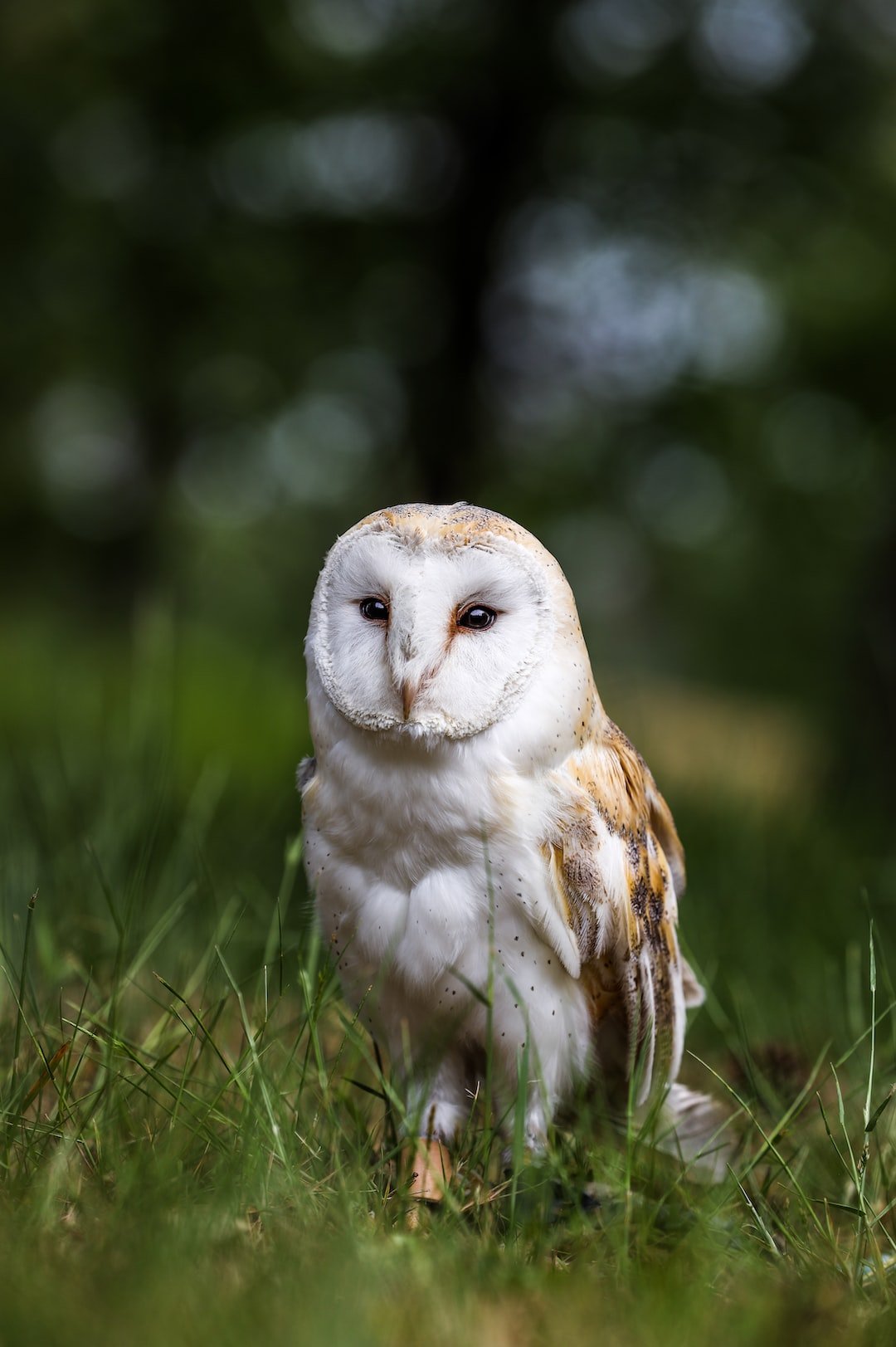Owl Monitoring and Population Surveys: Understanding and Protecting These Mysterious Creatures
Category : Owl conservation efforts | Sub Category : Owl monitoring and population surveys Posted on 2023-07-07 21:24:53

Owl Monitoring and Population Surveys: Understanding and Protecting These Mysterious Creatures
Introduction:
People have been fascinated by owls for centuries. They have become symbols of wisdom and mystery in various cultures around the world because of their nocturnal habits. Climate change and habitat loss have led to a decline in owl populations. Owl monitoring and population surveys are important to understand and protect these magnificent birds. In this post, we will look at the importance of these efforts and how they contribute to the preservation of owls.
1 Understanding Owl Behavior and Ecology is important.
Owl monitoring and population surveys are intended to gain insight into their behavior and ecology. Owls have unique ways of adapting to different environments and fulfill important ecological roles. Researchers can identify key factors that influence their populations and overall health by studying their habitat preferences, breeding habits, and food sources.
2 Threats and challenges of the environment are being investigated.
Scientists can identify threats to owl populations through monitoring and surveys. Habitat loss, degradation, and other dangers affect owl populations worldwide. Conservators can use these patterns to develop strategies to address threats.
3 Population sizes and trends are assessed.
Population surveys help determine the owl abundance and distribution. Field observations, acoustic monitoring, and the use of specialized techniques are some of the things that are involved in these surveys. By conducting these surveys regularly, researchers can identify changes in population size and trends over time, providing valuable data for decision-making.
4 Evaluating the success of the efforts to conserve.
Monitoring owl populations allows for an assessment of the effectiveness of the efforts. Scientists can determine whether their strategies are making a positive impact by comparing population data before and after the implementation of measures. If necessary, this feedback loop ensures that the actions are adjusted.
5 Citizen scientists are engaging.
Owl monitoring and population surveys rely on citizen scientists who contribute their time and observations. This collaboration helps gather a lot of data across a wider geographic area and raises awareness about owls and their needs. Citizen scientists can help in the collection, monitoring, and spreading of information about the environment.
Conclusion
Monitoring and population surveys are important for understanding owls. By studying owl behavior, assessing population sizes and evaluating the success of the owl habitat preservation efforts, researchers and environmentalist can make informed decisions. The impact of owl conservativism is strengthened by citizen scientists being involved in these efforts. We can ensure a brighter future for these captivating creatures with ongoing monitoring and collaborative efforts.
Leave a Comment:
SEARCH
Recent News
- Zurich, Switzerland is not only known for its picturesque landscapes and vibrant culture but also for its diverse wildlife. While the city may be more commonly associated with its financial sector and luxury shopping, there are some rare and fascinating animals that call Zurich home.
- YouTube Content Creation: Showcasing Rare Animals through Translation
- If you are a nature enthusiast and love learning about rare and exotic animals, there are several YouTube channels dedicated to showcasing these fascinating creatures in their natural habitats. These channels provide a unique opportunity to educate yourself about lesser-known species and the importance of conservation efforts.
- The Importance of Developing Rare Skills Like a Rare Animal in the Workplace
- Women in Politics: Breaking Barriers and Making History
- Warsaw, the capital city of Poland, is not only known for its rich history and beautiful architecture but also for its unique and diverse wildlife. Despite being a bustling urban center, Warsaw is home to some rare and fascinating animals that can be found in various parks, forests, and reserves in and around the city.
- Vietnam is a country known for its rich culture, beautiful landscapes, and delicious cuisine. However, it is also home to a variety of rare and endangered animals that are found nowhere else in the world. In recent years, some Vietnamese businesses and companies have taken initiatives to help protect these precious species and their habitats.
- Vienna, the capital city of Austria, is known for its rich history, stunning architecture, and vibrant cultural scene. But did you know that Vienna is also home to a variety of rare and interesting animals? From exotic species at the Vienna Zoo to elusive wildlife in the surrounding countryside, there are plenty of fascinating creatures to discover in and around this beautiful city.
READ MORE
2 months ago Category : owlo

Zurich, Switzerland is not only known for its picturesque landscapes and vibrant culture but also for its diverse wildlife. While the city may be more commonly associated with its financial sector and luxury shopping, there are some rare and fascinating animals that call Zurich home.
Read More →2 months ago Category : owlo

YouTube Content Creation: Showcasing Rare Animals through Translation
Read More →2 months ago Category : owlo

If you are a nature enthusiast and love learning about rare and exotic animals, there are several YouTube channels dedicated to showcasing these fascinating creatures in their natural habitats. These channels provide a unique opportunity to educate yourself about lesser-known species and the importance of conservation efforts.
Read More →2 months ago Category : owlo
